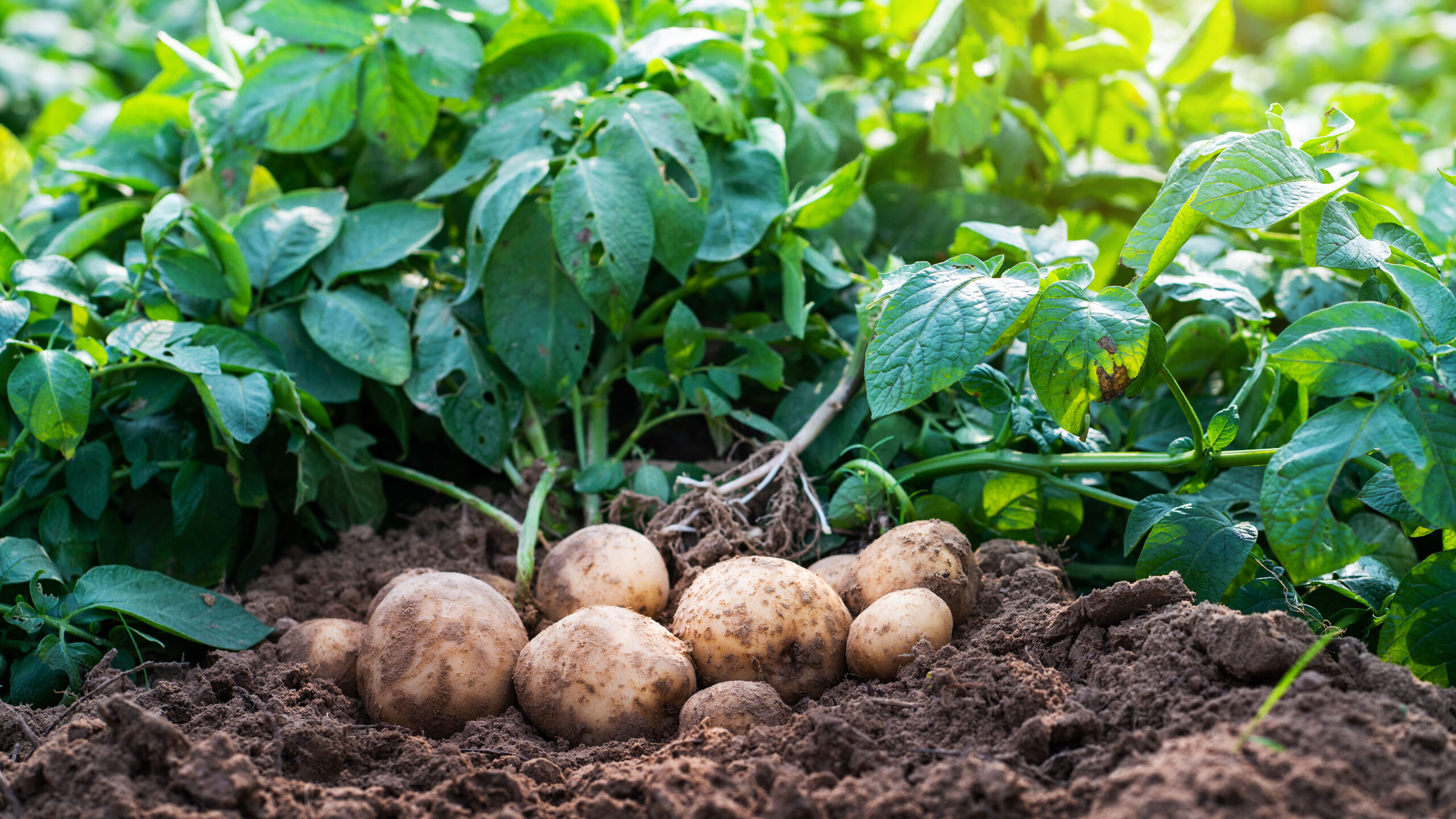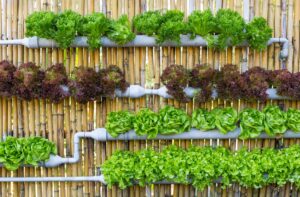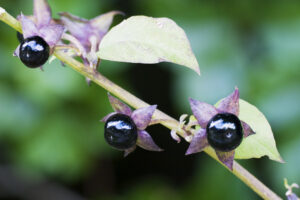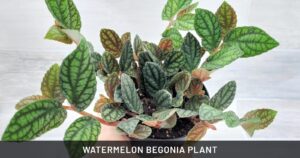What to Plant with Potatoes: Boosting Your Harvest with Strategic Companion Planting
Potatoes are a staple crop in many home gardens, providing substantial harvests of versatile tubers that store well and offer excellent nutritional value. While potatoes are relatively easy to grow on their own, implementing thoughtful companion planting strategies can significantly enhance your potato harvest, reduce pest pressure, and maximize garden space. This comprehensive guide explores the best plants to grow alongside potatoes, including which combinations to avoid, with a special focus on raised bed cultivation and popular companion pairings.
Why Companion Planting Works with Potatoes
Companion planting is an age-old gardening technique that positions specific plants near each other to create mutually beneficial growing relationships. For potatoes, effective companion planting offers several key advantages:
- Pest deterrence: Certain companion plants repel potato beetles, aphids, and other potato-targeting pests
- Disease prevention: Some plant combinations help reduce the risk of potato blight and other diseases
- Space optimization: Since potatoes grow primarily underground, they can share garden space with plants that need primarily above-ground space
- Nutrient balance: Strategic companions use different soil nutrients, preventing competition
- Enhanced flavor: Some plants are believed to improve the taste of potato tubers when grown in proximity
- Weed suppression: Low-growing companions can act as living mulch, reducing weed pressure
By intentionally designing your potato patch with compatible companions, you create a more resilient, productive garden ecosystem.
Best Companion Plants for Potatoes
Aromatic Herbs
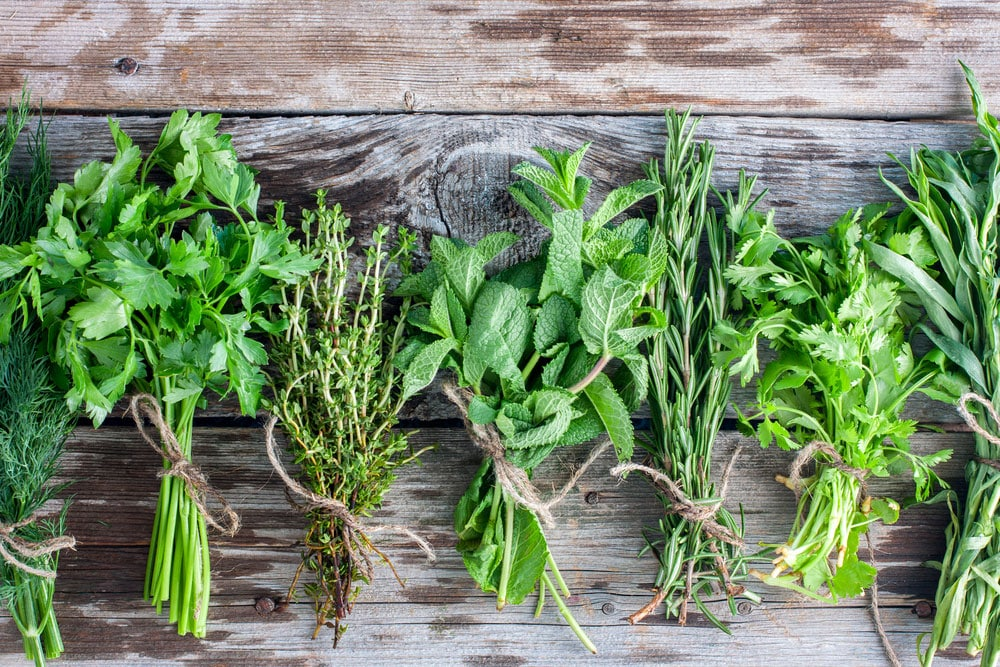
Herbs make excellent potato companions because they often repel pests while requiring minimal space:
Basil
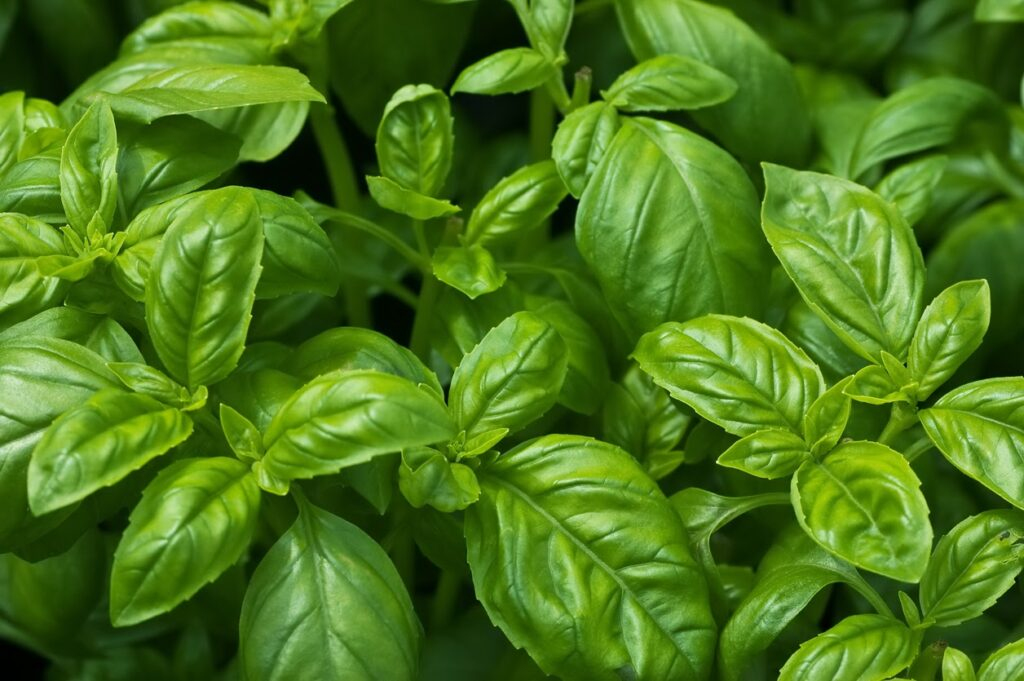
Basil is particularly effective at repelling thrips, which can damage potato foliage. Some gardeners also believe basil enhances potato flavor while attracting beneficial pollinators to your garden. Plant basil around the perimeter of your potato patch or intersperse it between plants.
Cilantro (Coriander)
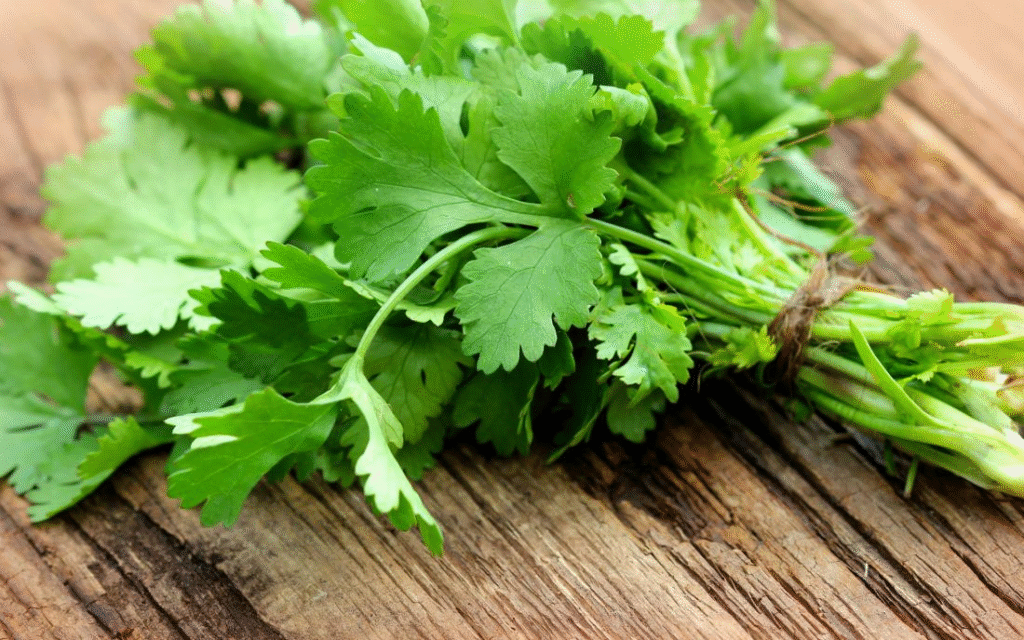
Cilantro’s umbrella-shaped flowers attract beneficial insects like ladybugs, hoverflies, and parasitic wasps that prey on potato pests, particularly Colorado potato beetles. Allow some cilantro plants to flower for maximum pest control benefits.
Chives
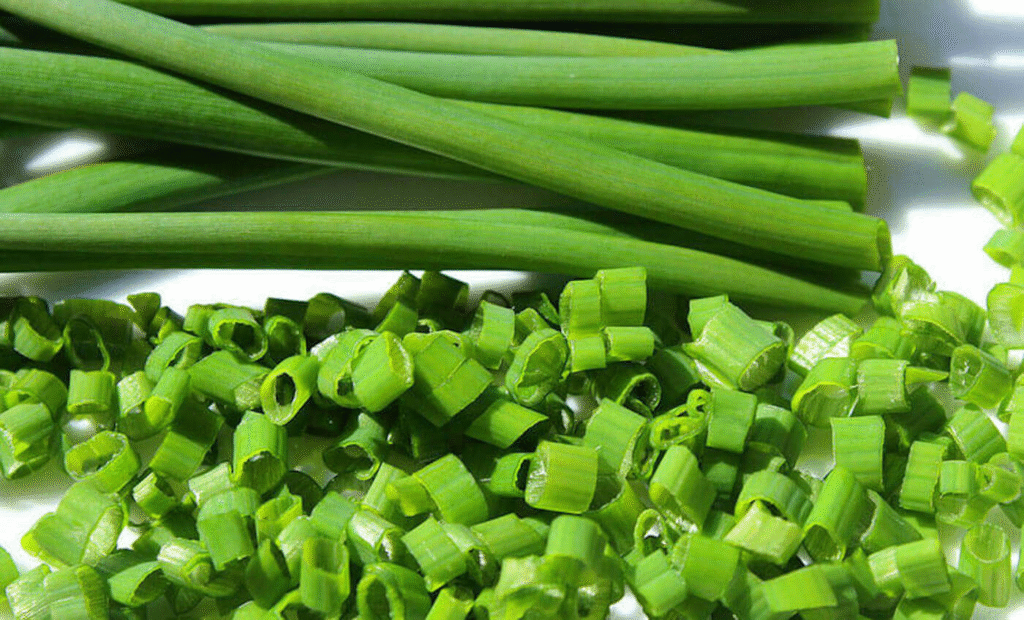
Chives and other alliums emit compounds that deter potato-attacking insects like aphids and spider mites. Their shallow root systems won’t compete with developing potato tubers, making them ideal companions. The vivid purple flowers also attract pollinators.
Mint
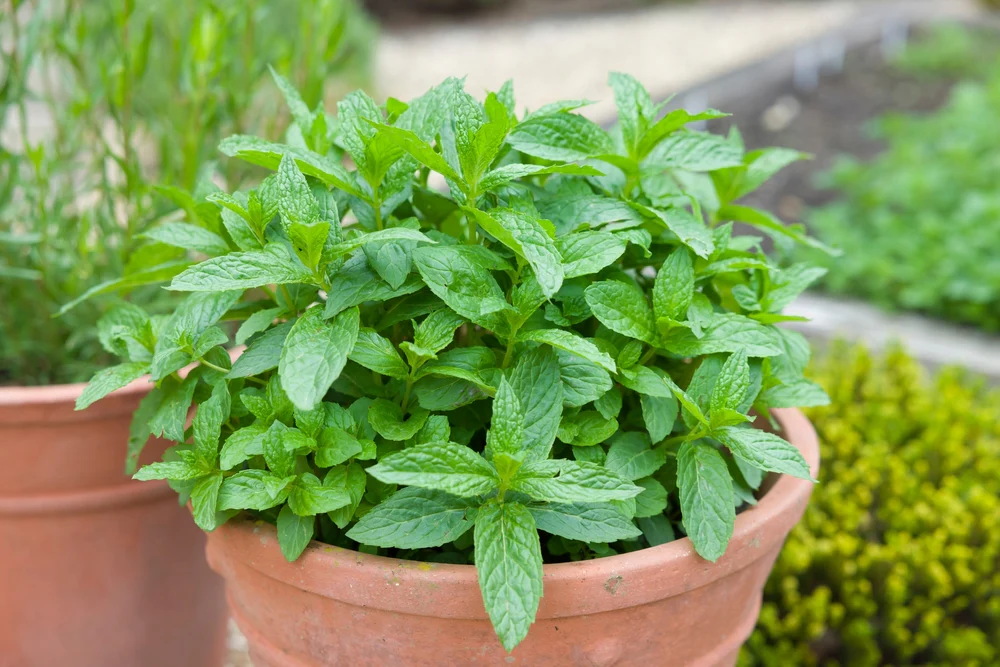
While mint should be contained (preferably in pots) to prevent spreading, its strong aroma confuses and deters many potato pests. Position mint containers near your potato bed for pest control without invasive growth.
Tansy
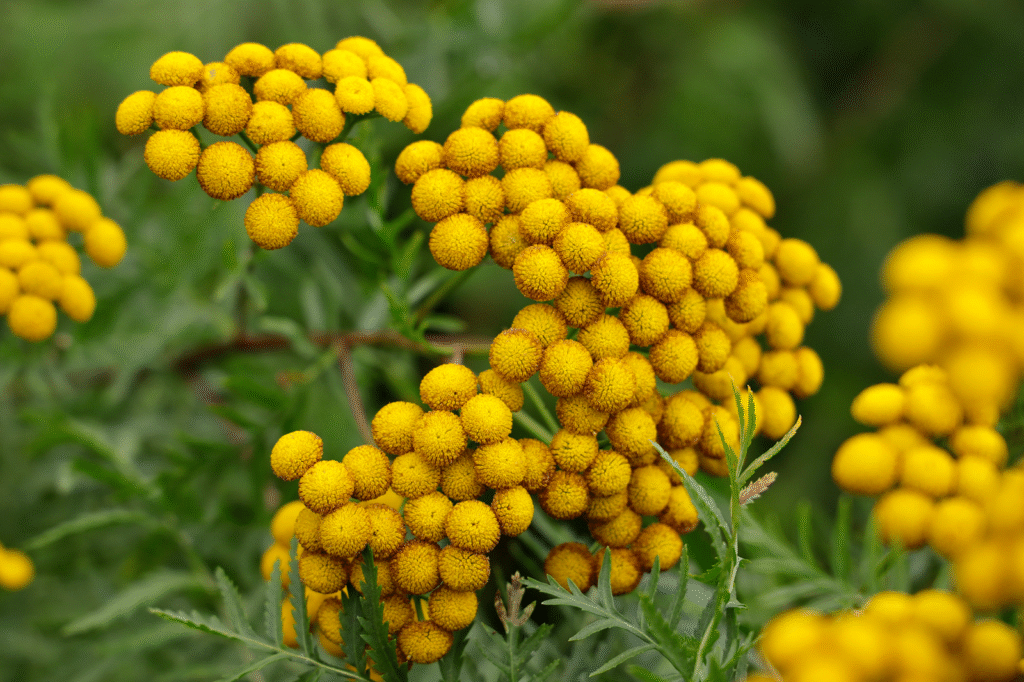
This herb deters Colorado potato beetles and Japanese beetles while attracting beneficial predatory insects. Plant tansy along the borders of your potato garden rather than directly in beds.
Vegetables
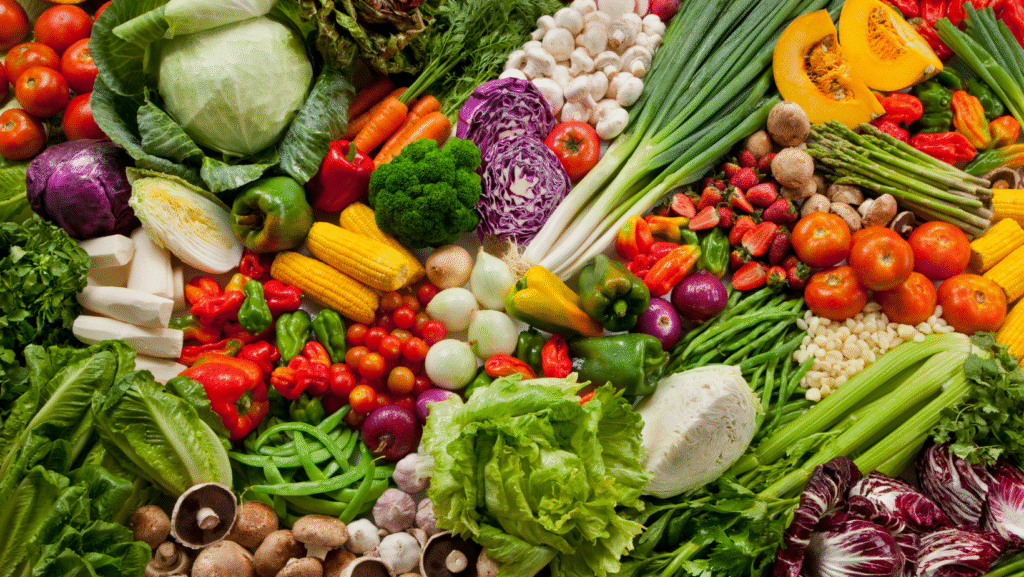
Several vegetables pair exceptionally well with potatoes:
Beans and Peas
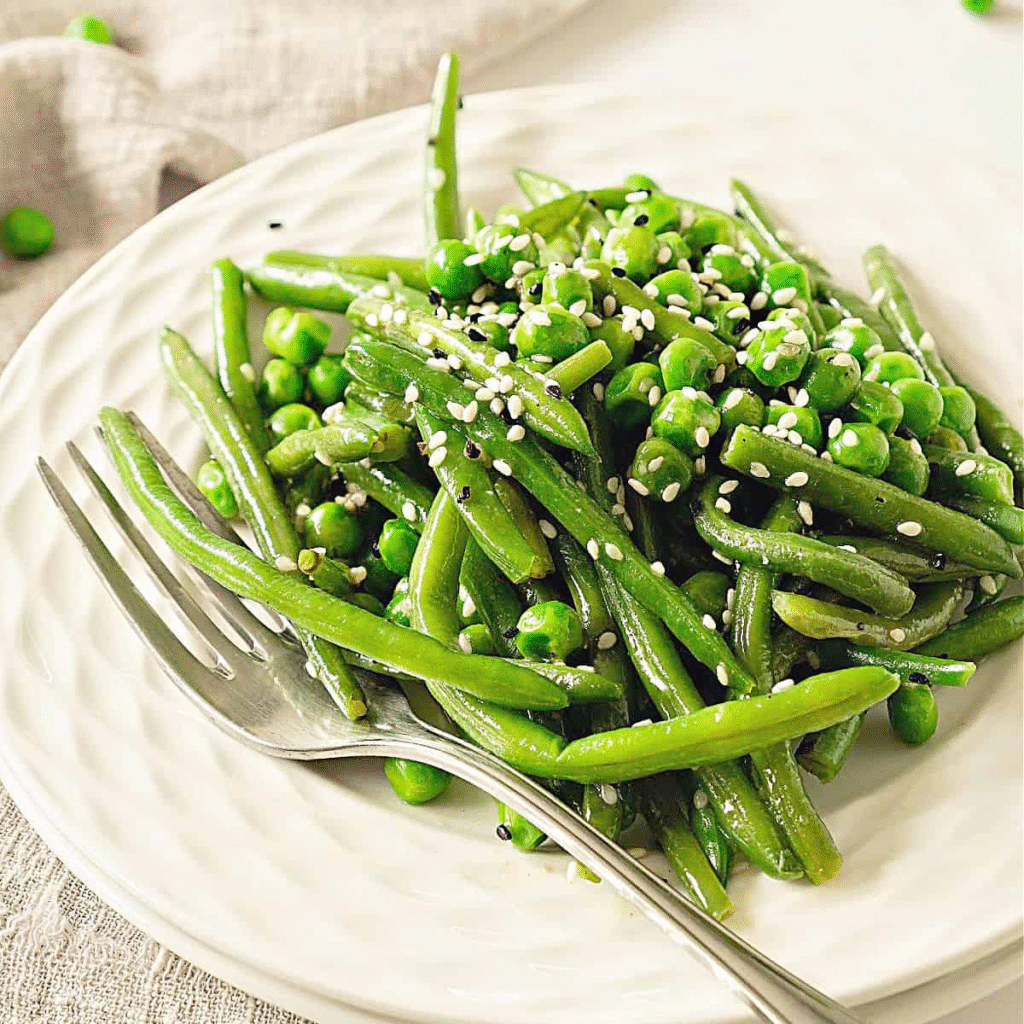
Legumes fix nitrogen in the soil, benefiting nitrogen-hungry potatoes. In return, potatoes can deter Mexican bean beetles, creating a mutually beneficial relationship. Plant bush beans between potato rows or pole beans on trellises at the north end of your potato patch to avoid shading.
Cabbage Family (Brassicas)
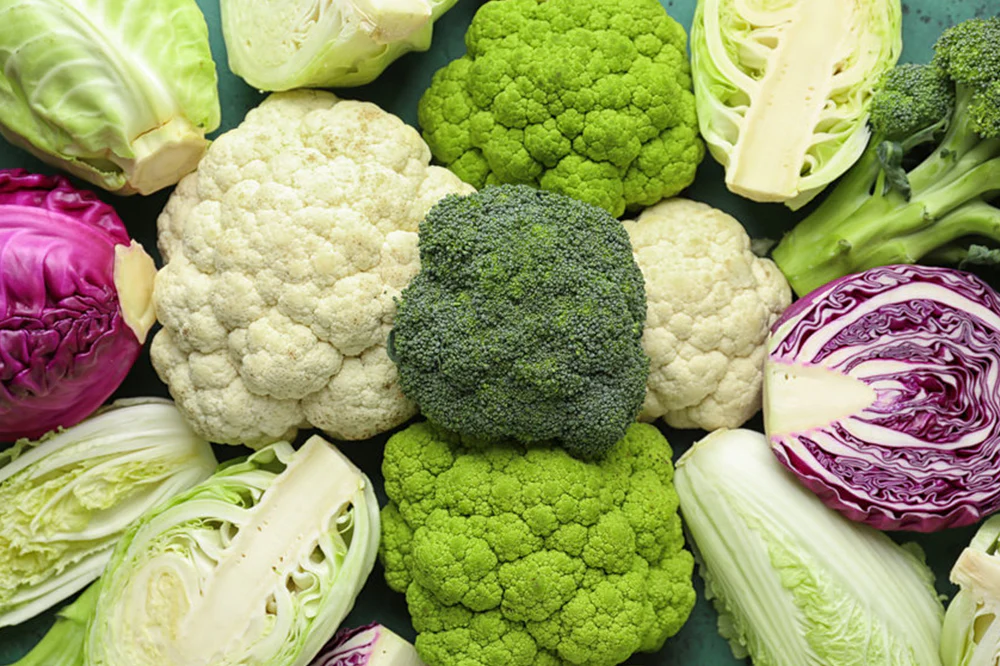
Cabbage, broccoli, Brussels sprouts, cauliflower, and kale make excellent potato companions because their shallow root systems don’t compete with developing potato tubers. Some evidence suggests they help deter potato beetles, while potatoes may help repel some cabbage pests.
Spinach
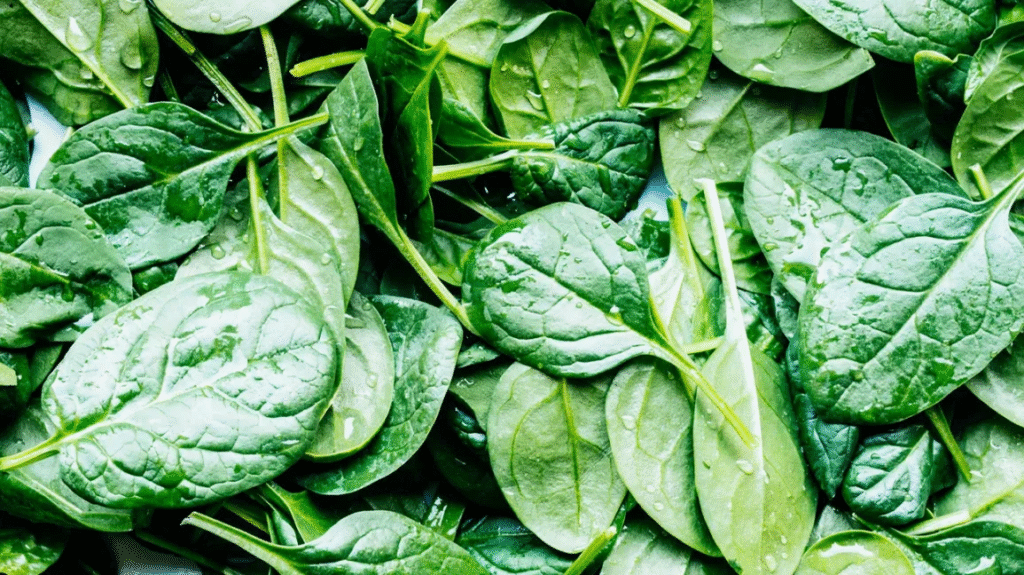
Spinach has shallow roots that make it an ideal neighbor for deep-rooted potatoes. It grows quickly and can be harvested before the potato plants become too large. Spinach also serves as a living mulch, suppressing weeds between potato plants.
Lettuce
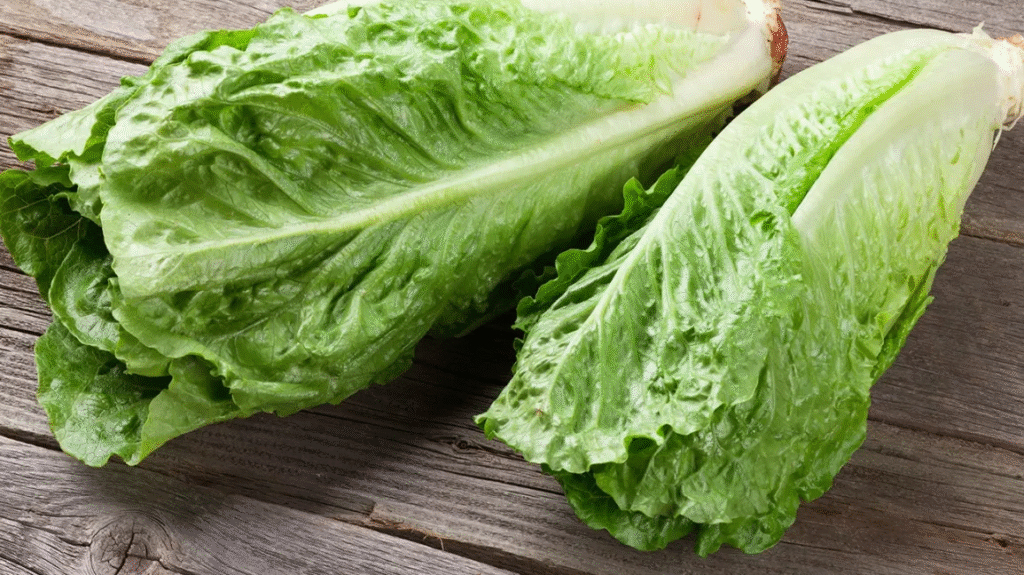
Similar to spinach, lettuce has shallow roots and can be harvested before potatoes mature. Its quick growth cycle makes it perfect for utilizing the spaces between potato plants early in the season, maximizing your garden’s productivity.
Corn
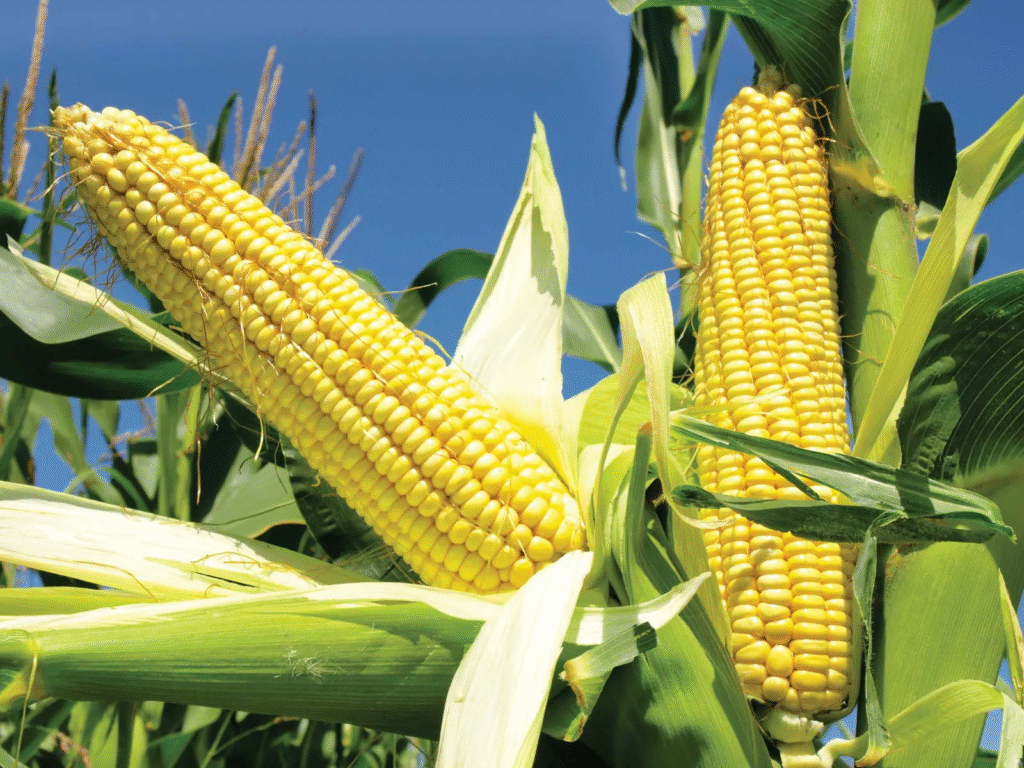
Corn’s tall growth habit and shallow root system complement potatoes’ underground development. Planting potatoes among corn rows maximizes vertical garden space and can provide some beneficial shade in hot climates.
Flowers
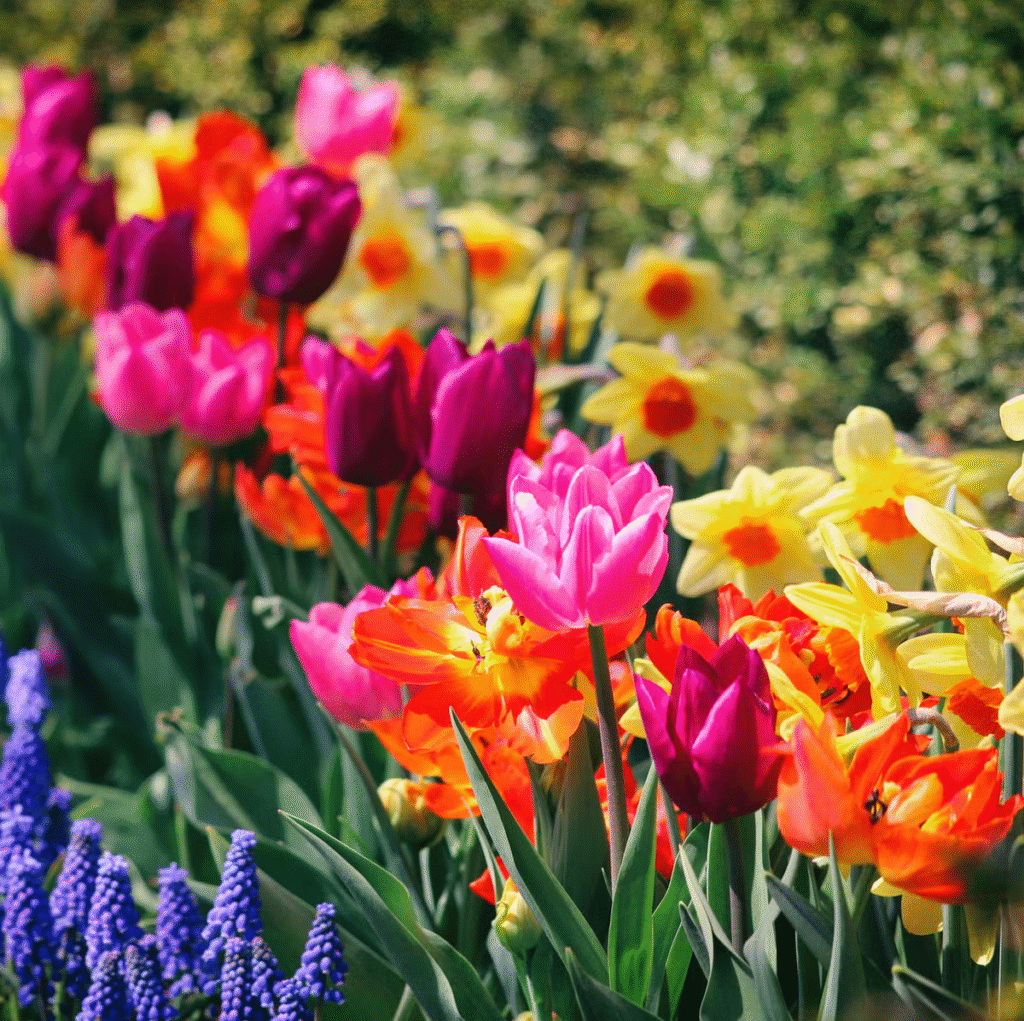
Flowering companions add beauty while providing practical benefits:
Marigolds
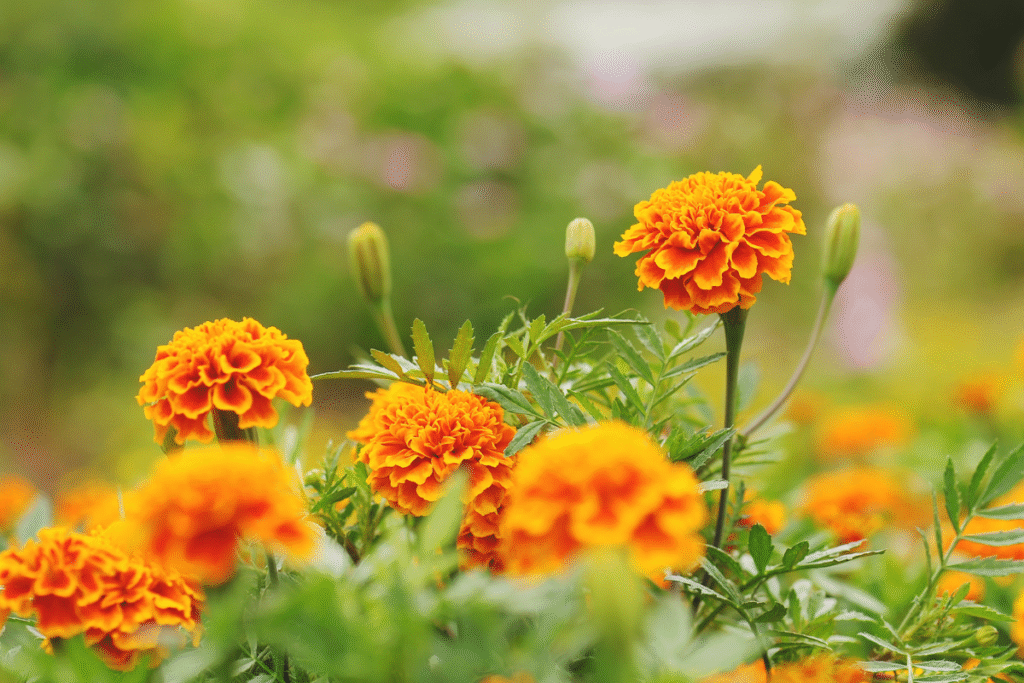
Marigolds are perhaps the most well-known potato companion. They repel nematodes and Colorado potato beetles while attracting beneficial insects. French marigolds (Tagetes patula) are particularly effective pest deterrents.
Nasturtiums
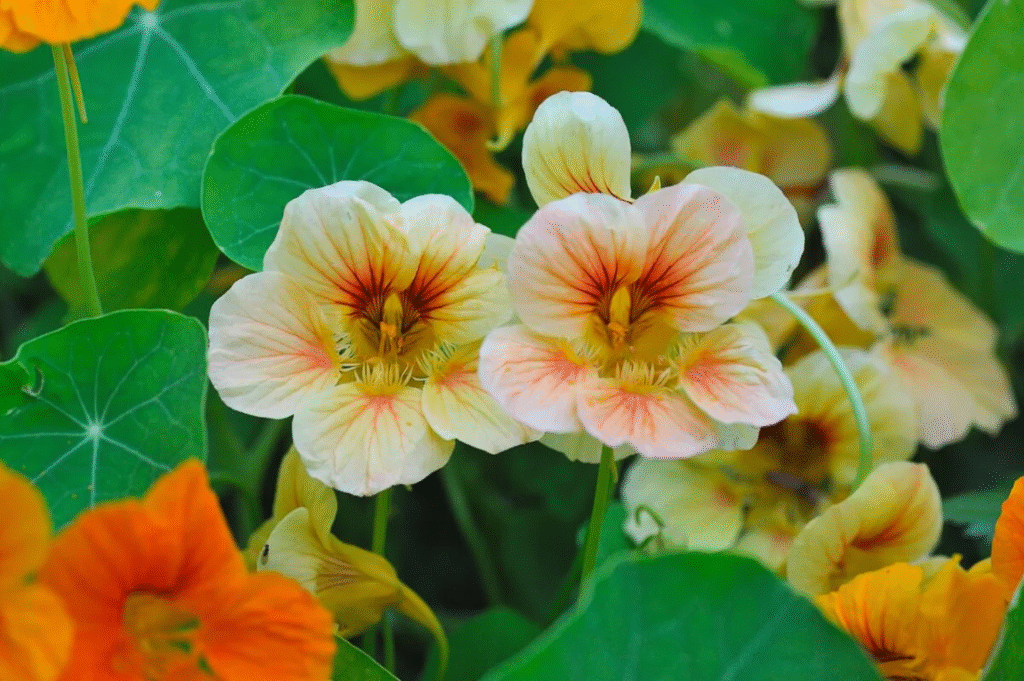
These edible flowers serve as trap crops, attracting aphids and other pests away from your potatoes. Plant nasturtiums at the edge of your potato patch to draw pests away from your crop.
Petunias
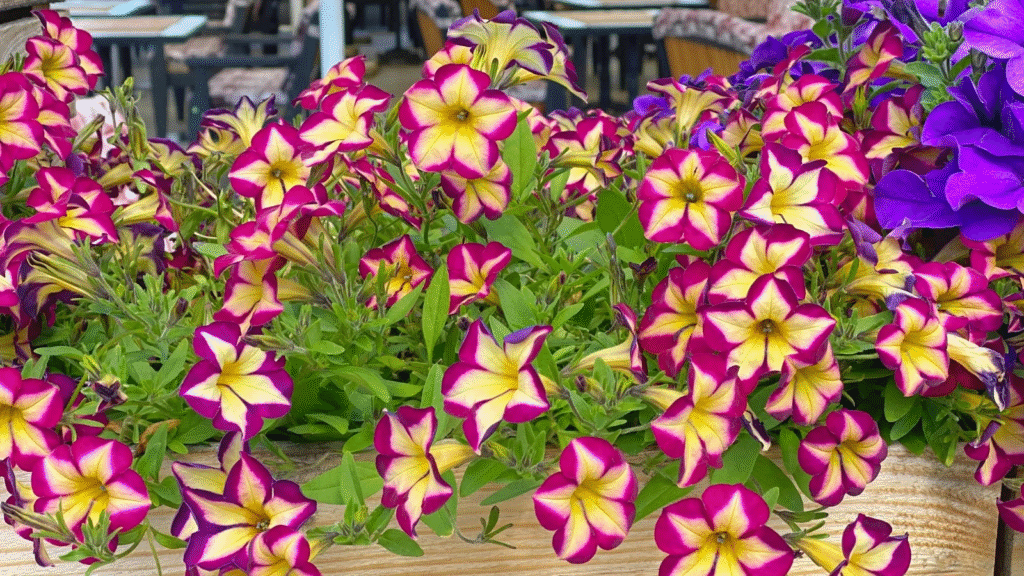
Petunias not only add visual appeal to your potato garden but also repel potato beetles and aphids with their subtle fragrance. They attract pollinators and predatory insects while utilizing minimal space.
Alyssum
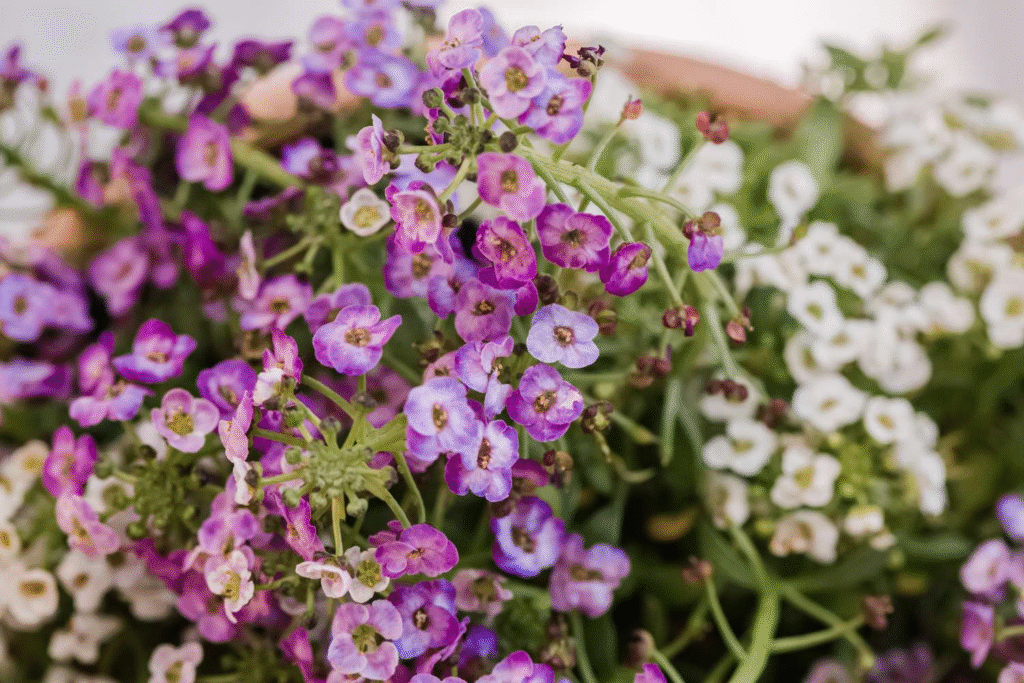
Sweet alyssum creates a living mulch that suppresses weeds while attracting beneficial insects. Its low-growing habit won’t compete with potatoes for sunlight, making it an excellent border plant.
Growing Potatoes and Tomatoes Together: The Controversial Pairing
One of the most debated companion planting topics is whether potatoes and tomatoes should be grown together. Both plants belong to the nightshade family (Solanaceae), sharing many characteristics and vulnerabilities.
The Case Against Planting Potatoes with Tomatoes
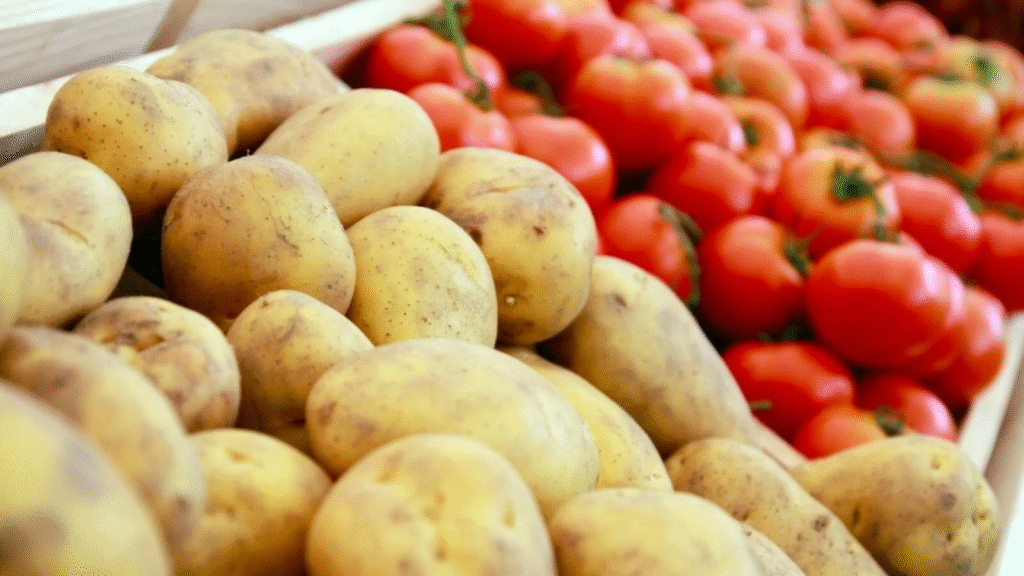
Most gardening experts recommend against growing potatoes and tomatoes together for several reasons:
- Disease vulnerability: Both plants are susceptible to the same diseases, particularly early and late blight. If one plant becomes infected, the disease can rapidly spread to the other.
- Nutrient competition: Tomatoes and potatoes have similar nutritional needs and will compete for the same soil resources.
- Harvesting conflicts: Digging up potato tubers can damage tomato roots if the plants are too close together.
- Pest attraction: Growing these nightshade relatives together can concentrate pests that attack both crops.
Alternative Approaches
If you’re determined to grow both crops, consider these approaches:
- Plant them at opposite ends of your garden (at least 10 feet apart)
- Use raised beds to create physical separation
- Choose blight-resistant varieties of both plants
- Practice rigorous crop rotation to prevent disease buildup
- Implement preventative organic disease management strategies
- Consider container gardening for one of the crops
While some gardeners report success growing tomatoes and potatoes together, the potential risks generally outweigh the benefits, especially for beginning gardeners.
Companion Planting Potatoes with Onions
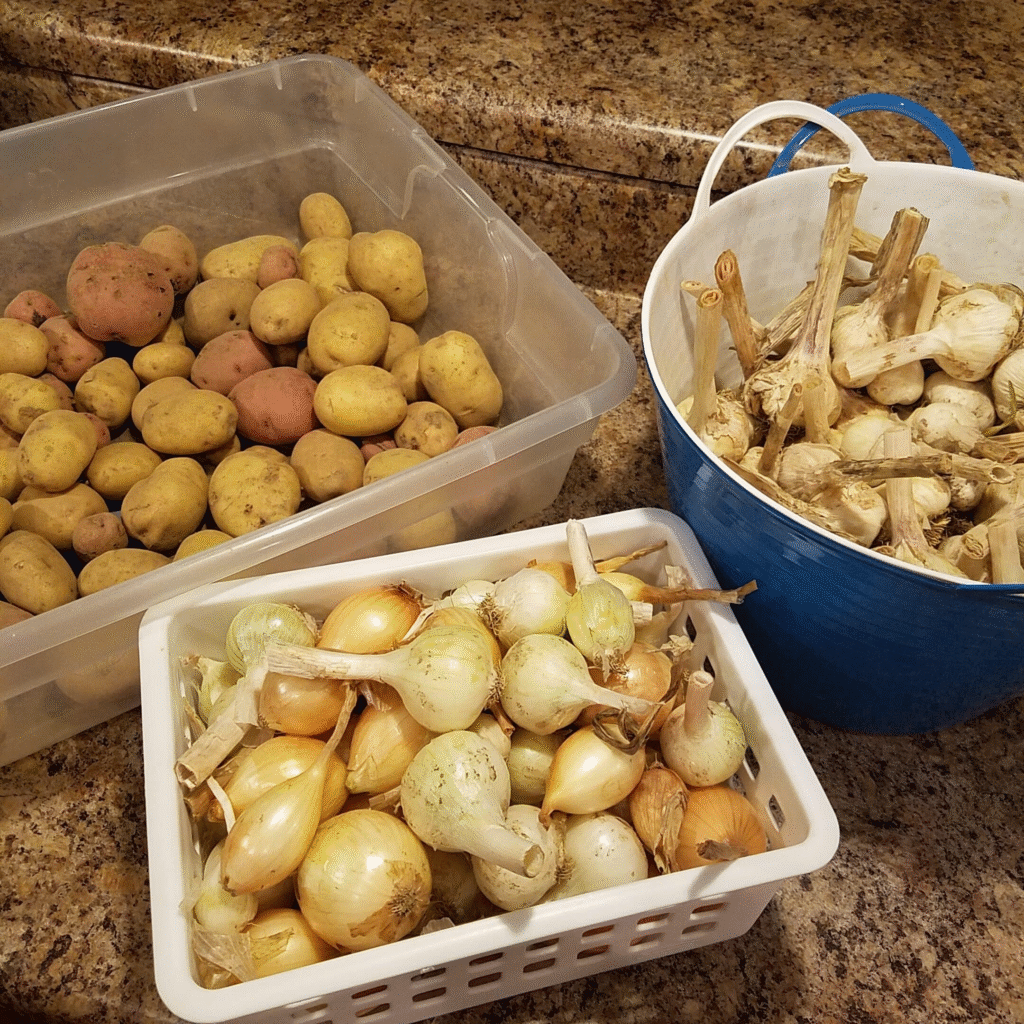
Opinions differ regarding planting onions and potatoes together:
Benefits of Pairing Onions with Potatoes
Some companion planting resources recommend onions as potato companions because:
- Onions have shallow root systems that don’t compete with developing potato tubers
- The strong aroma of onions may deter certain potato pests
- Alternating rows can maximize space utilization
- Both crops enjoy similar soil conditions
Potential Drawbacks
However, other experts advise against this combination:
- Some research suggests onions may inhibit potato growth
- Some alliums can potentially transfer diseases to potato plants
- Onions require good sun exposure which mature potato plants may block
Best Practices for Onion-Potato Companions
If you decide to grow onions with potatoes:
- Plant onion sets or scallion transplants 10-12 inches away from potato plants
- Consider planting onions in perimeter rows around potato beds
- Ensure both plants receive adequate sunlight as they mature
- Monitor closely for signs of disease or competition
- Choose fast-maturing onion varieties that can be harvested before potatoes reach full size
Companion Plants for Potatoes in Raised Beds
Raised beds offer excellent conditions for potato growing, with their improved drainage and soil quality. When companion planting in raised beds, consider these specialized strategies:
Maximizing Vertical Space
In the limited confines of a raised bed, make use of vertical space:
- Plant potatoes in the center of the bed
- Add trellised plants like peas or pole beans at the north side
- Place shade-tolerant companions like lettuce or spinach on the south side
- Use tall supports for plants like marigolds at corners
Border Planting
Create protective borders around your raised-bed potatoes:
- Plant aromatic herbs like basil or chives along all edges
- Use alyssum or other low-growing flowers as corner plantings
- Consider nasturtiums trailing over the sides as pest traps
- Alternate herbs and flowers for both pest protection and visual appeal
Succession Planting
Raised beds are ideal for succession planting with potatoes:
- Plant quick-growing radishes or lettuce between potato rows early in the season
- As potatoes grow and these crops are harvested, their space is naturally filled by expanding potato foliage
- After potato harvest, use the bed space for fall crops like spinach or kale
Depth Considerations
Utilize the depth of raised beds for vertical layering:
- Plant deep-rooted potatoes in the lower soil layers
- Add shallow-rooted companions in the top layers
- As you hill potatoes, tuck in new companions at the sides
Plants to Avoid Growing with Potatoes
Some plants make poor companions for potatoes and should be kept separate:
Other Nightshades
Avoid planting potatoes near:
- Tomatoes (as discussed above)
- Eggplants
- Peppers
These nightshade relatives compete for nutrients and can spread diseases between them.
Sunflowers
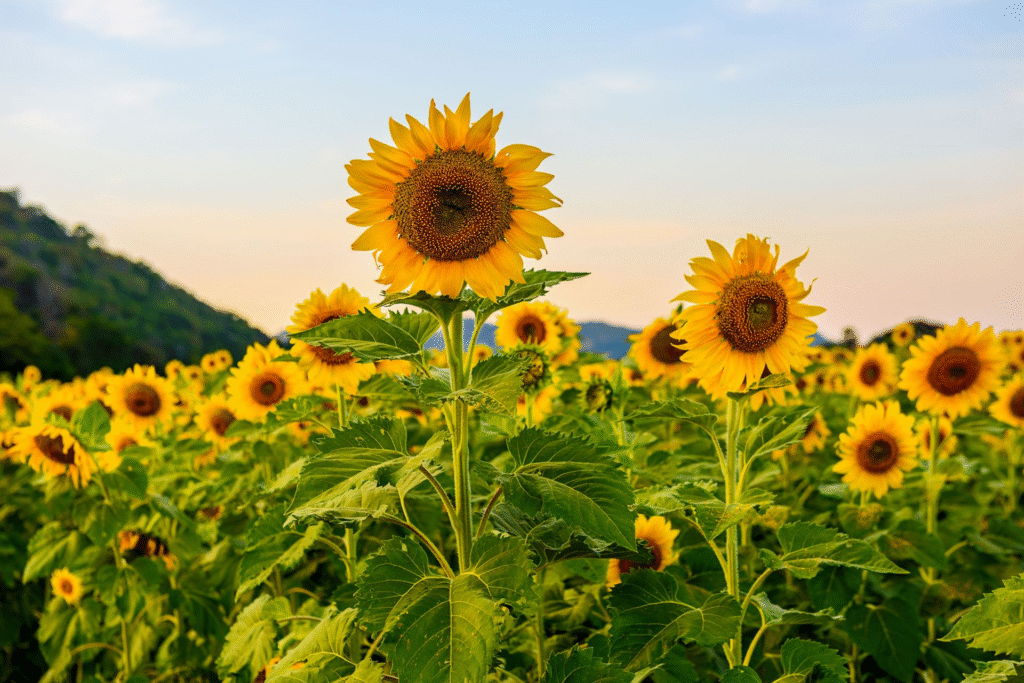
Sunflowers secrete compounds that can inhibit potato growth and may attract pests that affect potatoes.
Cucumbers and Squash
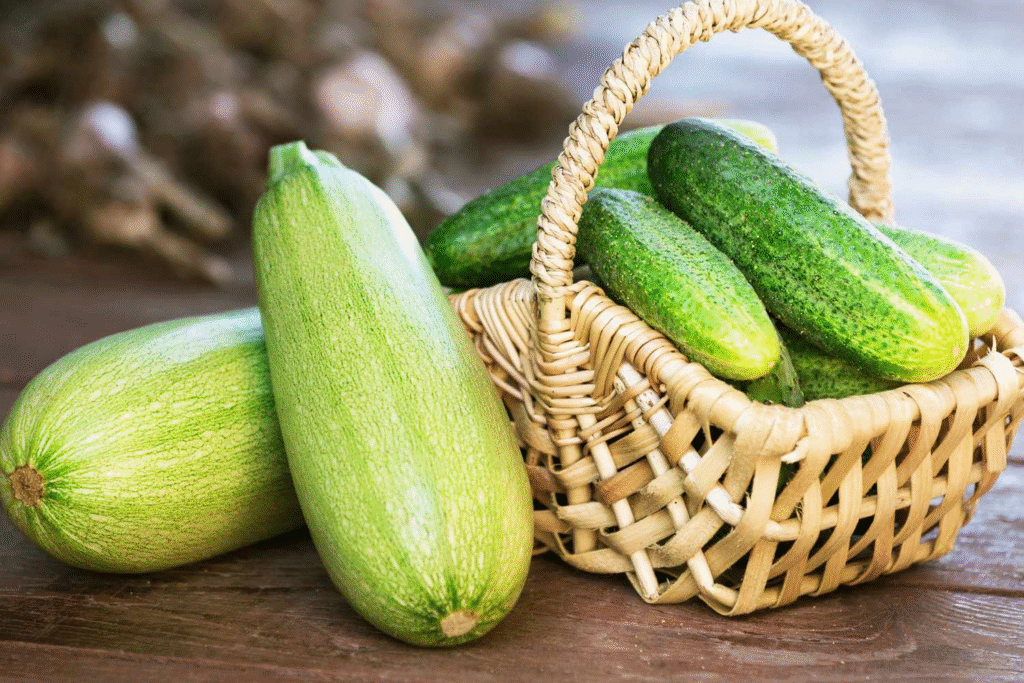
Cucumbers, squash, pumpkins, and melons:
- Compete with potatoes for water and nutrients
- May increase susceptibility to blight
- Take up significant ground space needed for hilling potatoes
Raspberries and Other Cane Fruits
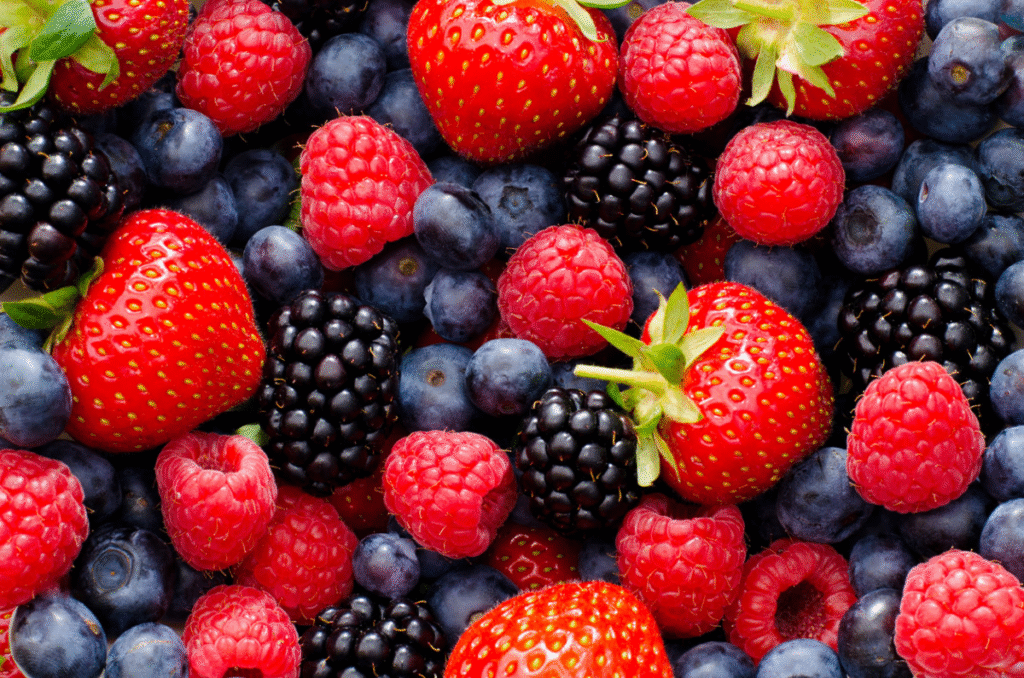
Raspberries and blackberries:
- Can harbor diseases that affect potatoes
- Have spreading root systems that interfere with potato tuber development
- Create too much shade for optimal potato growth
Carrots and Other Root Vegetables
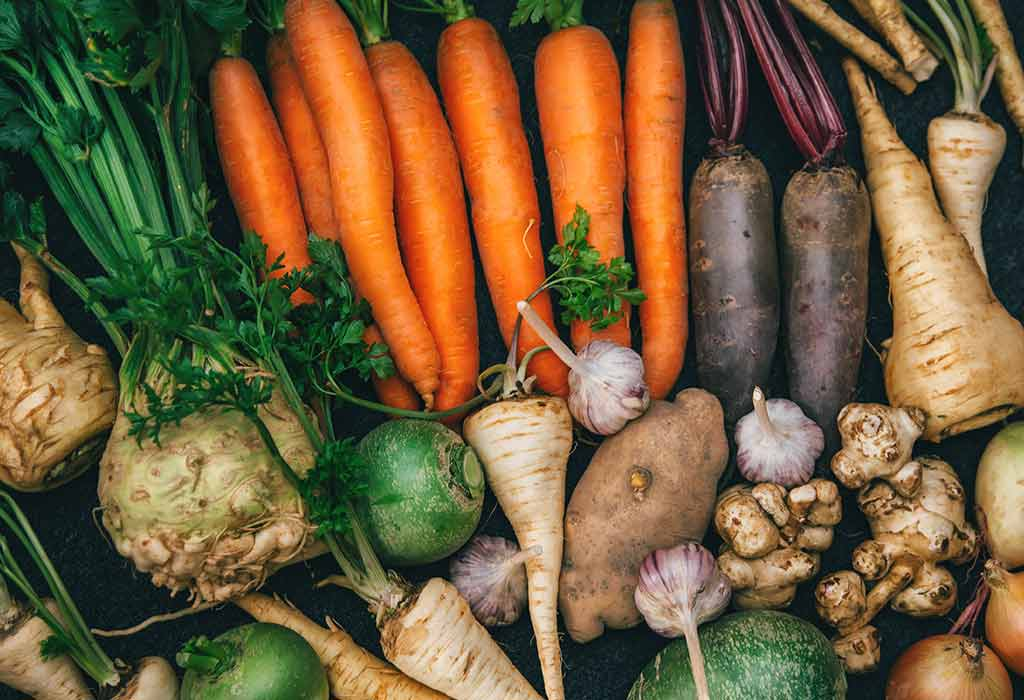
Other root crops like carrots, parsnips, and turnips:
- Compete directly for underground growing space
- Often require different soil conditions for optimal growth
- Can create harvesting conflicts
Practical Implementation Tips
When incorporating companions with your potato crop, follow these best practices:
Spacing Guidelines
- Plant potatoes 12-15 inches apart in rows spaced 24-36 inches apart
- Tuck herbs and flowers in borders and between potato plants
- Allow 24 inches minimum between potato plants and competing vegetables
- Ensure adequate airflow between all plants to reduce disease risk
Timing Considerations
- Start fast-growing companions like spinach and radishes early
- Plant herb companions when potato sprouts emerge
- Add flowers after the last frost date
- Harvest early companions before potato foliage becomes dense
Maintenance Adjustments
When companion planting with potatoes:
- Water carefully: Ensure shallow-rooted companions receive adequate moisture while avoiding overwatering potatoes
- Hill strategically: When hilling potatoes, take care not to bury companion plants
- Monitor closely: Watch for any signs of competition or pest transfer between companions
- Harvest thoughtfully: Remove early companions completely (including roots) to avoid disturbing developing potato tubers
Conclusion: Creating a Thriving Potato Garden Ecosystem
Strategic companion planting transforms your potato patch from a monocultural crop into a diverse, resilient mini-ecosystem. By surrounding your potatoes with compatible plants, you create natural defenses against pests, optimize your garden space, and potentially enhance the flavor and yield of your potato harvest.
The most successful potato companion planting approaches embrace flexibility and observation. What works in one garden may need adjustments in another, depending on your specific climate, soil conditions, and local pest pressures. Begin with the companions most likely to address your primary gardening challenges—whether that’s pest control, space limitations, or soil improvement—and expand your companion diversity as you gain experience.
Remember that companion planting is just one component of a healthy garden ecosystem. Combine these strategies with crop rotation, organic soil management, and integrated pest management for truly exceptional potato harvests year after year.
